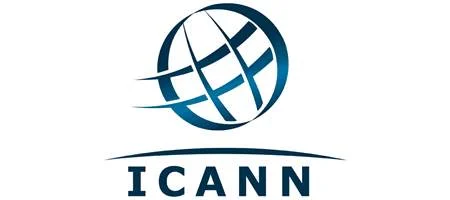With the Internet Corporation for Assigned Names and Numbers (ICANN) set to make a major announcement this week relating to the dwindling pool of available iPv4 addresses, a new internet census has revealed the extent of the problem.

Computer scientist John Heidemann of the USC Viterbi School of Engineering Information Sciences Institute and his colleagues, produced the census by pinging each possible internet address.
They found that while some of the already allocated address blocks are over-subscribed, many are still sparsely used. “Even allowing for undercount,” the group says, “probably only 14 percent of addresses are visible on the public internet.”
ICANN is expected to announce on Thursday that it’s now given out all addresses, passing on most to regional authorities.
“As full allocation happens, there will be pressure to improve utilization and eventually trade underutilized areas,” the researchers say, adding that better utilization, trading, and other strategies cound recover up to four times current utilization.
“But requests for address double every year, so trading will only help for two years. Four billion addresses are just not enough for seven billion people,” they say.
An earlier census, in 2007, found that some 2.8 million of the 4.3 million possible addresses had been allocated; today more than 3.5 million are allocated.
The IPv6 protocol, designed to succeed iPv4, allows many, many more addresses. While IPv4 uses 32 bits for an Internet Protocol address, and can support around four billion addresses, IPv6 uses a 128-bit address and supports 2 128 addresses – more than enough to go round.






